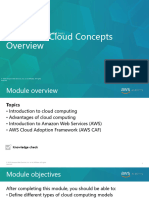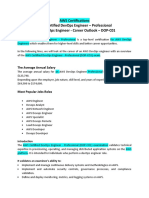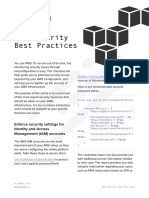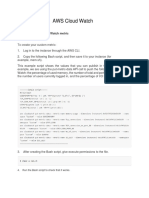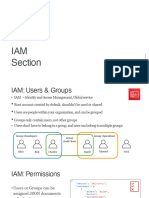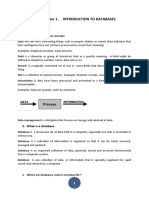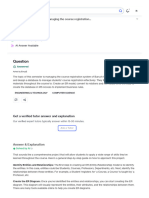0% found this document useful (0 votes)
235 views56 pagesUsing AWS For Backup and Resto
This document discusses using AWS for backup and restore. It outlines challenges with traditional backup like growing data volumes. AWS provides primary storage options like S3 and EFS. Backup can be done on-premises to AWS using gateways, or within AWS. Archive moves infrequently accessed data to lower cost storage. Key options for backup to AWS include S3, Glacier, Storage Gateway, and Snowball. Storage Gateway provides a hybrid option with files, volumes or tapes backed by S3 and EBS snapshots.
Uploaded by
Cloud EngCopyright
© © All Rights Reserved
We take content rights seriously. If you suspect this is your content, claim it here.
Available Formats
Download as PDF, TXT or read online on Scribd
0% found this document useful (0 votes)
235 views56 pagesUsing AWS For Backup and Resto
This document discusses using AWS for backup and restore. It outlines challenges with traditional backup like growing data volumes. AWS provides primary storage options like S3 and EFS. Backup can be done on-premises to AWS using gateways, or within AWS. Archive moves infrequently accessed data to lower cost storage. Key options for backup to AWS include S3, Glacier, Storage Gateway, and Snowball. Storage Gateway provides a hybrid option with files, volumes or tapes backed by S3 and EBS snapshots.
Uploaded by
Cloud EngCopyright
© © All Rights Reserved
We take content rights seriously. If you suspect this is your content, claim it here.
Available Formats
Download as PDF, TXT or read online on Scribd
/ 56






